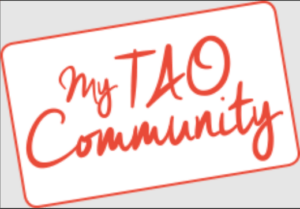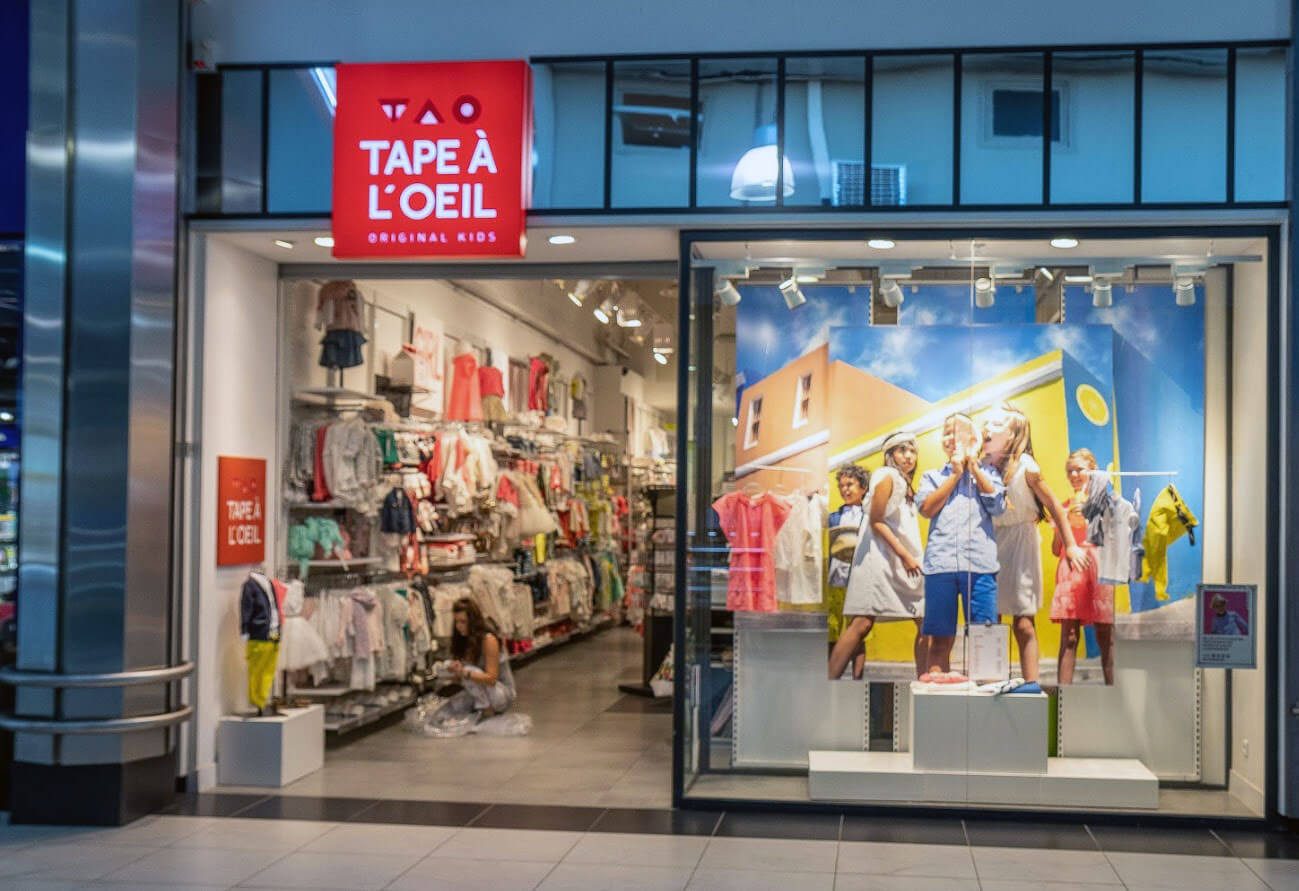Loyalty and its importance in business
Loyalty is a very important issue for a company, given that 20% of customers are responsible for 80% of a company's revenues. When a company has loyal customers, it generates more profit, since customers are satisfied and want to come back more often.. Loyal customers are less sensitive to the price of products and services, and generate positive word-of-mouth. They are also more active on social networks.
 The stakes are even higher, since customer retention costs the company less than acquiring new customers. By trying to keep existing customers and investing more in them than in new customers, this will lead to higher sales. behavioral loyalty (additional purchases, repeat purchases, increase in average basket) and attitudinal (building a relationship through positive attitudes, trust and brand loyalty), with long-term financial results for the company.
The stakes are even higher, since customer retention costs the company less than acquiring new customers. By trying to keep existing customers and investing more in them than in new customers, this will lead to higher sales. behavioral loyalty (additional purchases, repeat purchases, increase in average basket) and attitudinal (building a relationship through positive attitudes, trust and brand loyalty), with long-term financial results for the company.
The different types of rewards
In loyalty programs, it generally several types of rewards. First, there are intangible rewards (or soft rewards) or tangible (or hard rewards). Tangible rewards include savings, promotions, points accumulation and discounts, while intangible rewards include social recognition, self-esteem and novelty.
Relationship loyalty at Tape à l'Oeil
Ready-to-wear is a sector that makes extensive use of loyalty schemes. To stand out from the competition, many brands have set up loyalty programs that go beyond simple discounts, as is the case with Tape à l'Oeil. The brand has understood the importance of maintaining a bond with its customers even evenldon't make a purchase. Lcustomers benefit d'benefits which contributent à enhance image, develop develop and, above all, generate customer satisfaction..
The loyalty program teaching do is called My TAO Community andto obtain benefits such as: access to special sales, a loyalty voucher when a certain number of points are accumulated, a loyalty voucher for a child's birthday, etc. But att Tape à lOeilthe loyalty program is not limited to promotional offers. discounts on partner services. Indeed, the brand has understood the importance of not limiting itself to a simple transactional program., but also to become a real relationship program. To this end, the company offers loyal customers access to free servicesservices or at a reduced rate. In fact, Tape à l'œil has set up partnerships with services adapted for children. Por example via their partnership with the English learning application "Holy Owly" the company is offering 1 month's free access to the application.
do is called My TAO Community andto obtain benefits such as: access to special sales, a loyalty voucher when a certain number of points are accumulated, a loyalty voucher for a child's birthday, etc. But att Tape à lOeilthe loyalty program is not limited to promotional offers. discounts on partner services. Indeed, the brand has understood the importance of not limiting itself to a simple transactional program., but also to become a real relationship program. To this end, the company offers loyal customers access to free servicesservices or at a reduced rate. In fact, Tape à l'œil has set up partnerships with services adapted for children. Por example via their partnership with the English learning application "Holy Owly" the company is offering 1 month's free access to the application.
The challenge for Tape À L'Oeil
Tape à l'Oeil is a a French company specializing in ready-to-wear for babies, children and teenagers aged 0 to 16.. The company was founded by Thierry Delemazure in 1993 under the name "0-13 ans comme des grands". The company was originally owned by Kiabi. It changed its name to Tape à l'OEil in 1996, while still belonging to Kiabi. In 2001, Tape à l'OEil became independent and grew rapidly, going international in 2003. The company is part of the Mulliez family association, and is headquartered in Wasquehal (Hauts-de-France). Tape à l'OEil defines itself as a stylish, edgy and refined brand. Its vision is: " To help every child develop his or her own superpower ". To reveal children's superpowers, Tape à l'œil offers collection shootings on specific themes, highlighting the talents of its customers' children. Through its foundation, the brand is also committed to revealing the superpowers of children in vulnerable situations by helping associations with the profits from the sale of a foundation bag at the time of purchase.
One of Tape à l'Oeil's challenges is to take into account children's role as prescribers through the loyalty program. Indeed, the loyalty program is managed by the children's parents, but if the children use the services offered by Tape à l'Oeil, they will be able to speak positively about it and be the impetus for future purchasing decisions if the brand remains anchored in their minds. By offering these services, it's the children who are targeted, unlike traditional loyalty program rewards.
By Oriane Blanchet

